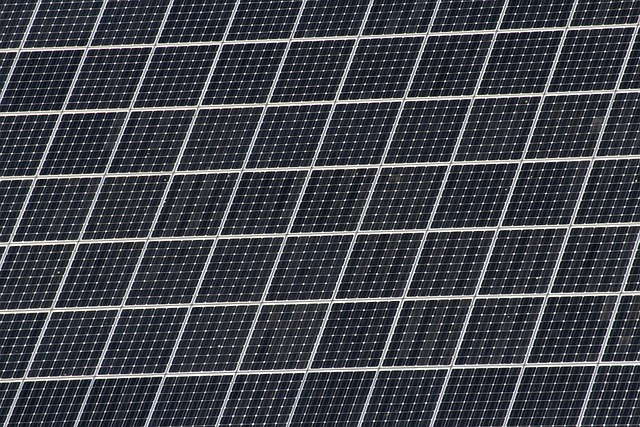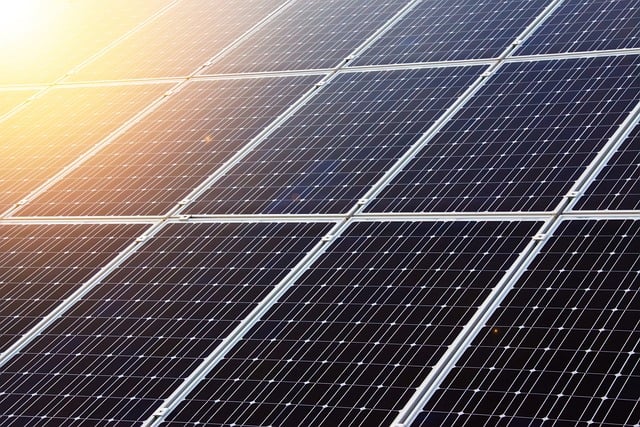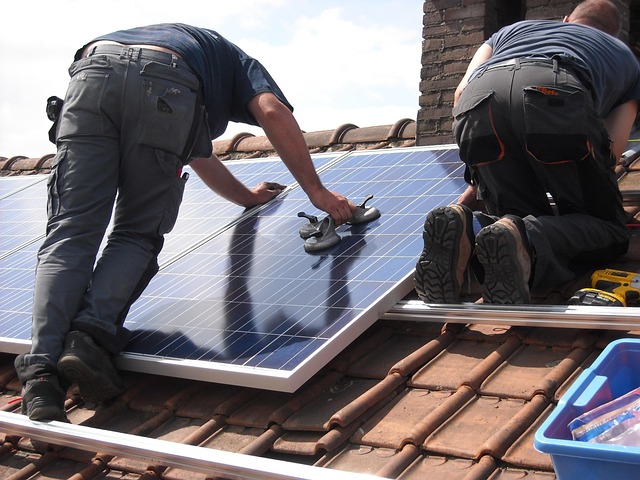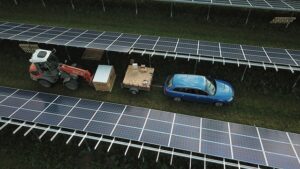Solar Panels 101: A Beginner’s Guide to Clean Energy
As the demand for clean energy continues to grow, solar panels have emerged as a viable solution for individuals and businesses alike. They not only contribute to a sustainable future but also offer significant savings on energy costs. This guide provides a comprehensive overview of solar panels, addressing their functionality, benefits, types, installation process, and key considerations for those thinking about making the switch to solar energy.
What are Solar Panels?
Solar panels, also known as photovoltaic (PV) panels, are devices that convert sunlight into electricity. They work by harnessing the energy from the sun and transforming it into usable electrical power, which can be used to power your home, business, or even be fed back to the grid.
There are two main types of solar panels: monocrystalline and polycrystalline. Monocrystalline panels are made from a single crystal structure, making them more efficient and space-saving. Polycrystalline panels, on the other hand, consist of multiple crystal structures and are generally less expensive but also less efficient.
How Do Solar Panels Work?
The operation of solar panels is based on the photovoltaic effect. When sunlight hits the semiconductor material inside the solar cells (primarily silicon), it excites the electrons, creating an electric current. Here’s a simplified breakdown of the process:
1. Absorption of Sunlight: Solar panels absorb sunlight through photovoltaic cells.
2. Generation of Electricity: The absorbed light energy frees electrons in the semiconductor, creating direct current (DC) electricity.
3. Inversion of Current: An inverter converts the DC electricity into alternating current (AC), which is usable in homes and businesses.
4. Distribution: The AC electricity can be used immediately, stored in batteries, or sent back to the electrical grid.
Benefits of Solar Energy
The advantages of switching to solar energy are numerous. Understanding these benefits can help potential users make informed decisions about adopting solar technology.
One of the most significant benefits is the reduction in electricity bills. Once solar panels are installed, the amount of energy drawn from the grid decreases, potentially resulting in substantial savings over time. Some users may even reach a point of net-zero energy consumption.
Another key benefit is the environmental impact. Solar energy is renewable, meaning it is sustainable and does not deplete over time. Utilizing solar energy helps reduce dependence on fossil fuels and lowers greenhouse gas emissions, contributing to a cleaner planet.
Moreover, there are often incentives provided by governments or local utilities. These financial benefits can include tax credits, rebates, and net metering policies that allow homeowners to receive credit for excess power they generate and send back to the grid.
Types of Solar Panels
Understanding the different types of solar panels is crucial for making an informed decision. The primary types include:
Monocrystalline Solar Panels: Known for their high efficiency and long lifespan, these panels are made from single-crystal silicon. They occupy less space due to their higher power output and perform better in low-light conditions.
Polycrystalline Solar Panels: Made from multiple silicon crystals, polycrystalline panels are generally less expensive. While they have a lower efficiency rate compared to monocrystalline panels, they are a popular choice for budget-conscious consumers.
Thin-Film Solar Panels: These panels are made from a variety of materials and are lightweight and flexible. Although they are less efficient than crystalline silicon panels, their lower cost and adaptability make them suitable for a range of applications.
Installation Process
The installation of solar panels comprises several steps, and it is crucial to engage with a certified solar installer to ensure optimal performance and compliance with local regulations. The process generally follows these stages:
Assessment: A solar installer will conduct a site evaluation to assess your energy needs, roof condition, and the best panel placement.
Design: Once the assessment is complete, a customized solar energy system will be designed based on your specific requirements.
Permitting: Before installation can begin, various permits must be obtained, including building, electrical, and zoning permits as per local regulations.
Installation: The actual installation encompasses mounting the solar panels, connecting the inverter, and wiring the system to your home’s electrical service.
Inspection: After installation, an inspection is conducted for compliance with local codes and safety standards, ensuring the system operates correctly.
Commissioning: Finally, the system is turned on and connected to the grid, enabling energy production.
Key Considerations
Before making the transition to solar energy, several factors should be considered. Understanding these aspects can facilitate a more effective decision-making process.
Cost: While the initial investment can be significant, solar energy systems often pay for themselves over time through lower energy bills and tax incentives. It’s essential to consider the long-term financial implications.
Roof Condition: The structural integrity of your roof is crucial for solar panel installation. If your roof requires repairs or is nearing the end of its lifespan, it may be wise to address these issues before installing solar panels.
Energy Needs: Assessing your energy usage is vital. Understanding how much electricity you consume will help you determine the size of the solar energy system you’ll need.
Government Incentives: Research local incentives and programs that may be available to reduce the cost of installation. These can vary greatly depending on the location.
Future of Solar Energy
The future of solar energy looks promising. Advancements in solar technology continue to improve efficiency and affordability. Energy storage solutions, such as batteries, are also evolving, allowing users to store excess electricity generated during the day for use at night or during power outages.
As society becomes increasingly aware of the impacts of climate change and the necessity of sustainable practices, solar energy is poised to become a dominant power source. The growing trend toward electric vehicles also complements this shift as more individuals seek to power their cars with renewable energy.
Conclusion
Solar panels represent a forward-thinking solution to energy needs, providing an opportunity to reduce electricity costs while contributing to environmental sustainability. As technology progresses and adoption rates increase, solar energy may soon become ubiquitous in homes and businesses across the globe.
For anyone considering solar panels, the benefits, combined with a commitment to a cleaner future, make it a worthy investment. With proper research, planning, and budgeting, individuals can successfully navigate their transition to solar energy, helping not only their wallets but also the planet.





